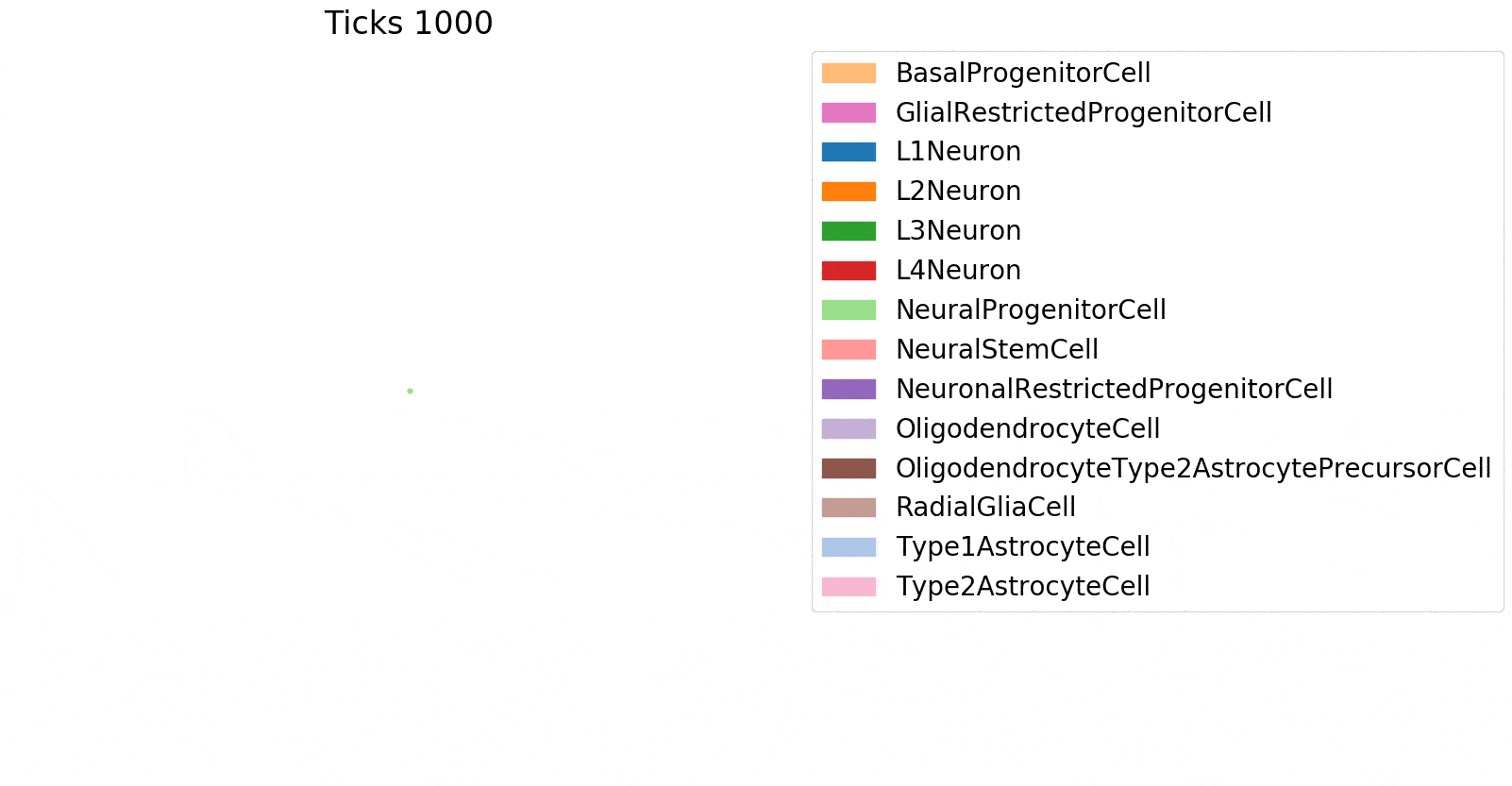For millennia, mankind was worried about the functioning of the nervous system: attempts were made to understand how perception and learning occurs, what emotions and consciousness are, what role they play, how they appeared in the course of evolution, what is the influence of various external and internal factors on the development and formation of the nervous systems of humans and other animals. All of these exciting topics are tackled in one way or another in neuroscience and related disciplines.
Neurobiology is the science that studies the structure, functioning and development of the nervous system in humans and animals. Brain science is a narrower discipline dedicated to the human brain. Neurobiology encompasses different levels of organization - from molecular to systemic, smoothly moving into molecular biology and biochemistry on the one hand, and neuropsychology (science at the interface with psychology) on the other.
Some people, as in time immemorial, continue to assert that it is impossible to understand the work of the brain, or they deny that the brain gives rise to our mind and consciousness, etc. Despite all this, in reality, the sciences working in this area are doing huge successes and rapidly closing gaps in our understanding of existing issues. Over the past decades, humanity has learned that nerve cells do recover and have learned to reprogram stem cells so that they form new neurons [1]. We also found that through electrical stimulation of nerves, the ability to move independently can be restored in paralyzed patients with spinal cord injuries [2].Many diseases of the nervous system can now be recognized at an early stage and without the use of invasive methods or long painful scanning: a relatively simple analysis of a person's genetic information makes it possible to identify many neurodegenerative diseases, epilepsy and movement disorders even before the onset of symptoms. It is now possible to create detailed maps and publicly available databases containing information on how specific genes are associated with different diseases or certain types of behavior, and how interactions of the products of these genes are involved in processing a huge flow of information in the brain. Detailed (at the level of individual neurons' operation) mechanisms for processing information about the spatial location of the body were discovered - a kind of internal GPS,providing orientation (for this work was awarded the Nobel Prize in 2014) [10].
. , 50- , . , , .
, , «-»" (bottom-up), , . ( ), , , , , . . , , , , . , .
«-» (top-down) . , , . , . , , , , .
, , . , , , . , , , , , . , - — , . «» , , .
. , in vitro , , . JetBrains Research (in silico) : BCNNM (Biological Cellular Neural Network Modeling), .
BCNNM , . , , , ( - , , . .). . , , , . , BCNNM , .
- , . , , , . , BCNNM , , , . , ( , ). , .
«» — , . . — , , . . , , . , , , . , .
. , , in silico , . , . , . , , .

« » , [4,5]. in vitro in vivo [6]. , . . , . — . .

BCNNM « » . , . , , , ( , , ) , , , , .
, [7]. [8, 9]: , , . 5, [8].
BCNNM in silico in vitro , , (, , . .), . , , , , . .
Computational Neuroscience
, . 2019 « » ( !) JetBrains. . , , , . 2020 , . YouTube- JetBrains Research.
Takahashi, J. iPS cell-based therapy for Parkinson's disease: A Kyoto trial. Regenerative Therapy, 2020, ISSN 2352-3204. https://doi.org/10.1016/j.reth.2020.06.002.
Angeli, C. A., Boakye, M., Morton, R. A., Vogt, J., Benton, K., Chen, Y., … Harkema, S. J. (2018). Recovery of Over-Ground Walking after Chronic Motor Complete Spinal Cord Injury. New England Journal of Medicine. doi:10.1056/NEJMoa1803588 (https://doi.org/10.1056/NEJMoa1803588)
Kriegeskorte, N., & Douglas, P. K. (2018). Cognitive computational neuroscience. Nature Neuroscience. doi:10.1038/s41593-018-0210-5
Caffrey, J. R., Hughes, B. D., Britto, J. M., and Landman, K. A. (2014). An in silico agent-based model demonstrates reelin function in directing lamination of neurons during cortical development. PLoS ONE 9. doi:10.1371/journal.pone.0110415
Dingle, Y.-T. L., Boutin, M. E., Chirila, A. M., Livi, L. L., Labriola, N. R., Jakubek, L. M., et al. (2015). Three-dimensional neural spheroid culture: An in vitro model for cortical studies. Tissue engineering. Part C, Methods 21, 1274–1283. doi:10.1089/ten.TEC.2015.0135. 26414693
Gerhard, F., Pipa, G., Lima, B., Neuenschwander, S., and Gerstner, W. (2011). Extraction of network topology from multi-electrode recordings: Is there a small-world effect? Frontiers in Computational Neuroscience 5. doi:10.3389/fncom.2011.00004
.. . . , - 2018
Wang, X., Gao, X., Michalski, S., Zhao, S., & Chen, J. (2016). Traumatic Brain Injury Severity Affects Neurogenesis in Adult Mouse Hippocampus. Journal of Neurotrauma, 33(8), 721–733. doi:10.1089/neu.2015.4097 (https://doi.org/10.1089/neu.2015.4097)
Neuberger, E. J., Swietek, B., Corrubia, L., Prasanna, A., & Santhakumar, V. (2017). Enhanced Dentate Neurogenesis after Brain Injury Undermines Long-Term Neurogenic Potential and Promotes Seizure Susceptibility. Stem Cell Reports, 9(3), 972–984. doi:10.1016/j.stemcr.2017.07.015 (https://doi.org/10.1016/j.stemcr.2017.07.015)